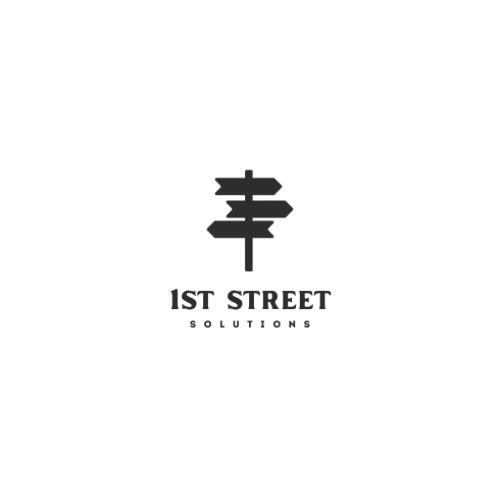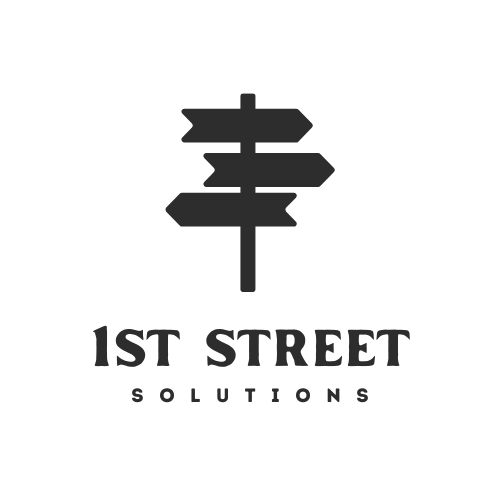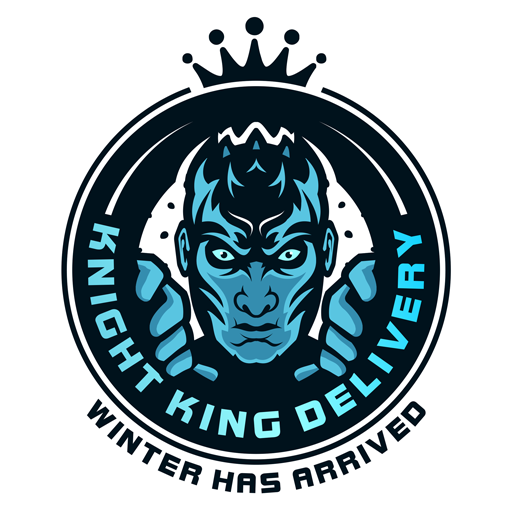In today’s competitive landscape, businesses that don’t adapt are often left behind. From small startups to large enterprises, efficiency and innovation are no longer optional—they’re expected. One of the most effective ways to boost operational efficiency and ensure long-term success is by integrating smart tech solutions into daily operations.
These smart technologies streamline workflows, automate mundane tasks, improve communication, and provide valuable data insights. By weaving tech solutions into your everyday processes, you enhance productivity, improve customer experience, and ultimately increase profitability.
Why Integrate Smart Tech Solutions?
The goal of integrating smart technologies isn’t just modernization—it’s optimization. Here’s why this move is critical:
- Improved Efficiency: Smart tools automate repetitive tasks and reduce human error.
- Enhanced Decision-Making: Real-time analytics help you make data-driven decisions.
- Cost Reduction: Streamlining operations means lower labor costs and fewer inefficiencies.
- Competitive Advantage: Businesses that leverage technology tend to outperform their competitors.
The challenge, however, lies not in choosing tech solutions, but in implementing them effectively. Let’s explore how to do that.
Assess Your Current Operational Structure
Before introducing any technology, take a close look at your existing workflows. Identify:
- Bottlenecks in daily tasks
- Time-consuming manual processes
- Areas prone to errors or miscommunication
This assessment helps you prioritize which processes will benefit most from automation or tech integration. For example, if customer service is slow or inconsistent, consider a chatbot or CRM platform. If inventory tracking is inefficient, a cloud-based system might help.
Set Clear Objectives
Tech integration without direction can lead to wasted time and money. Clearly define what you hope to achieve with tech solutions. Your goals might include:
- Reducing turnaround times
- Improving communication across departments
- Boosting customer satisfaction
- Enhancing security
With defined objectives, it becomes easier to evaluate which tools or platforms align with your needs.
Choose the Right Smart Tech Solutions
Now comes the most critical step—selecting the right tools. Here are some smart tech solutions worth considering:
a. Cloud-Based Systems
Tools like Google Workspace, Microsoft 365, or Dropbox allow seamless data sharing, real-time collaboration, and remote accessibility.
b. Automation Tools
Apps like Zapier or Make automate repetitive tasks—such as sending follow-up emails or updating databases—freeing up your team for higher-level work.
c. Project Management Software
Platforms like Trello, Asana, and Monday.com help manage tasks, track project progress, and improve team collaboration.
d. Customer Relationship Management (CRM) Systems
CRM platforms such as Salesforce or HubSpot manage customer data, track interactions, and automate communication.
e. AI-Powered Chatbots and Virtual Assistants
These tools provide 24/7 support, handle FAQs, and collect valuable user data, improving the customer experience without extra human resources.
Involve and Train Your Team
Smart tech solutions are only as effective as the people using them. Involve your team early in the process:
- Explain the purpose and benefits of the new technology
- Provide thorough training
- Offer ongoing support and feedback channels
When your team understands how tech tools make their work easier—not harder—they’re more likely to adopt them willingly.
Start Small and Scale Gradually
Don’t attempt to digitize everything overnight. Begin with one department or process. Test and optimize before scaling. This minimizes disruption and gives you time to adapt based on feedback.
For instance, you could first implement a CRM in your sales team. Once it’s running smoothly, expand its use to customer service or marketing.
Integrate Systems for Unified Workflows
Fragmented software tools can create silos and inefficiencies. Make sure your tech solutions can communicate with each other.
Use integrations or middleware like Zapier, API connectors, or enterprise platforms that support multi-app compatibility. Unified systems improve data accuracy and ensure your team has a clear overview of operations.
Monitor Performance and Make Adjustments
After integration, keep an eye on key performance indicators (KPIs). Ask:
- Has productivity improved?
- Are customers happier?
- Are you saving time or money?
Use analytics dashboards or reporting tools to measure progress. Be open to refining your approach, switching tools, or adding new features as needed.
Stay Updated on Emerging Tech
Technology is constantly evolving. To stay ahead, continue researching and exploring new tech solutions that align with your goals. This could include:
- Artificial Intelligence (AI) for predictive analysis
- Internet of Things (IoT) for real-time monitoring
- Blockchain for secure transactions
- Augmented Reality (AR) for interactive customer experiences
Innovation should be a continual part of your strategy, not a one-time event.
Real-World Example: Retail Business Transformation
A mid-sized retail company struggling with stock discrepancies and slow customer support integrated the following:
- A cloud-based POS system
- Inventory management software with real-time tracking
- An AI-powered chatbot for customer inquiries
Within six months, the business reported:
- 30% fewer stockouts
- 40% faster customer support response time
- Improved employee satisfaction due to reduced manual work
This example shows how smart tech solutions can have a tangible, positive impact on day-to-day operations.
Final Thoughts
Integrating smart tech solutions into your daily operations isn’t just a trend—it’s a strategic move toward building a future-ready business. From automation to cloud computing and AI, today’s technologies offer immense value for those willing to embrace them.
The key is to start with clear goals, choose the right tools, train your team, and monitor results. When done right, tech integration leads to streamlined workflows, cost savings, and a significant competitive advantage.
FAQs
What are the easiest tech solutions to implement for small businesses?
Cloud storage, task management tools, and email automation platforms are some of the easiest and most impactful tech solutions for small businesses to start with.
How can I ensure my team adopts new technology?
Involve them early, communicate benefits clearly, offer hands-on training, and provide continuous support. Adoption improves when users feel empowered, not burdened.
Are tech solutions expensive to maintain?
Not necessarily. Many platforms offer affordable monthly plans, especially cloud-based software. Maintenance costs are usually lower than the savings and efficiencies they provide.




